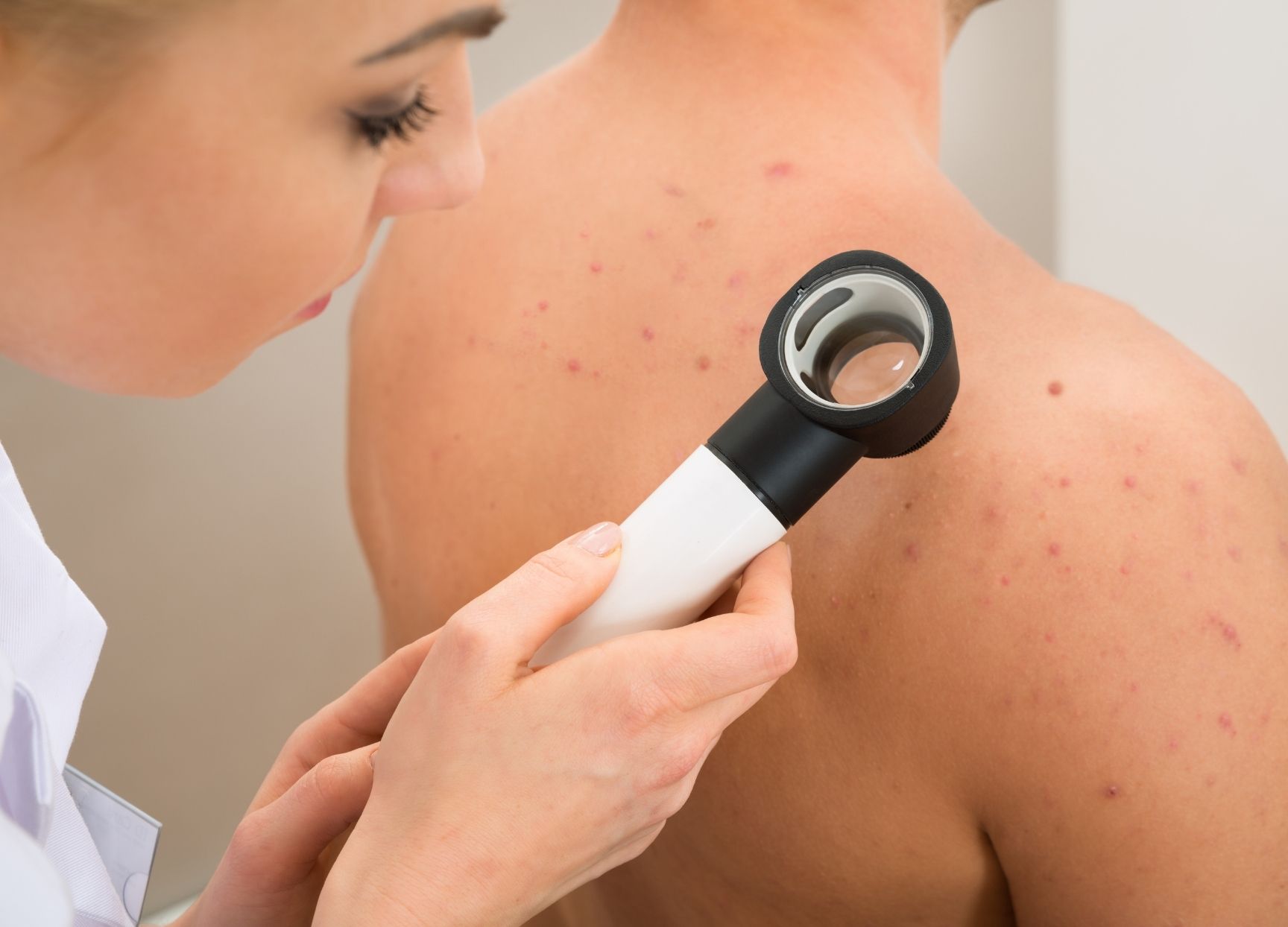When looking at any mole or lesion on your body, you should see whether they are symmetrical , have a uniform colour and border, and do not change dramatically over the course of a few months. Most marks on our skin are usually uniform and symmetrical. However, some people do have asymmetrical moles, but they have several of the same type of moles, i.e. are asymmetrical in the same way.
If you have a solitary mole or lesion on your skin that stands out from the crowd, check if it is:
A. Asymmetrical – if you divided the lesions into 4 quadrants and the 4 quadrants are different from each other, you should get the area checked.
B. Borders – the borders of the mole should be regular and you should be able to draw a definite line around the edge. The line should be smooth and not scalloped. If borders fade out into the skin, you should get the area checked.
C. Colour – most lesions have one or two colours of different shades. Brown is a most common example, however some lesions can have a tinge of blue, grey or black. If you see these colours you should seek medical advice.
D. Diameter – lesions that are greater than 7mm in diameter are usually considered high-risk. This is true if you have solitary lesions above 7mm, but if you have many moles that are all large then it is quite difficult to monitor based on size alone. On another note, if you have lots of small moles and then one solitary 5mm lesion, this also needs to be examined as this stands out from your normal type of mole.
E. Evolution – how a mole changes over time is important. You can only be accurate with how that mole is evolving if you are monitoring them closely, and the best way to do this is with photographs.
To summarise, when it comes to a mole that you are not sure about, if in doubt check it out.
